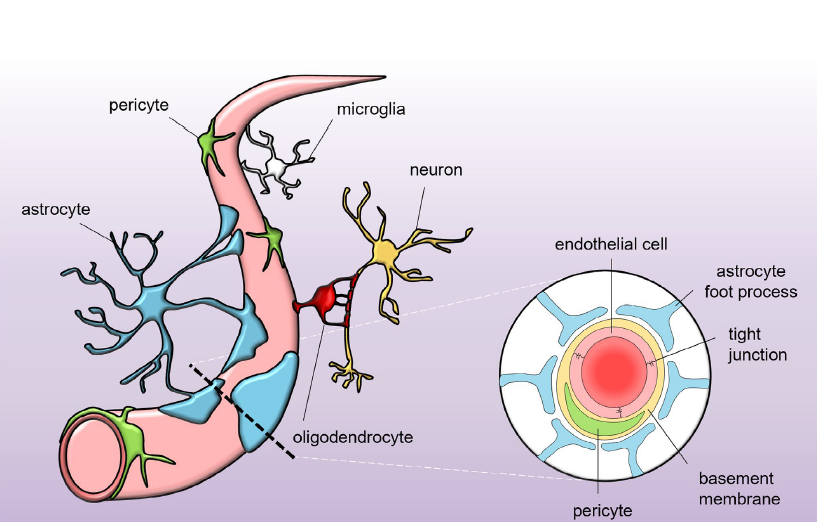Leiden, November 27, 2023 – Researchers from MIMETAS and Amsterdam UMC have published an article on advancements in microfluidic in vitro modeling of the blood-brain barrier (BBB) and neurovascular unit (NVU). Their work was published in Fluids and Barriers of the CNS.
 Neurological disorders, such as stroke and Alzheimer's disease, pose significant global health challenges. With fatalities from Alzheimer’s disease more than doubling between 2000 and 2019, these diseases now rank as the 7th leading cause of death globally. Despite decades of research into central nervous system (CNS) disorders, understanding these conditions is hindered by the complex nature of the CNS and its vasculature.
Neurological disorders, such as stroke and Alzheimer's disease, pose significant global health challenges. With fatalities from Alzheimer’s disease more than doubling between 2000 and 2019, these diseases now rank as the 7th leading cause of death globally. Despite decades of research into central nervous system (CNS) disorders, understanding these conditions is hindered by the complex nature of the CNS and its vasculature.
The NVU, comprised of specialized endothelial cells forming the BBB and supporting cell types, serves as a protective barrier, regulating the passage of substances into the brain. This barrier, while vital for optimal brain function, poses challenges in treating neurological conditions, often requiring chemical modifications or advanced drug delivery methods. Therefore, a deeper understanding of the NVU in health and disease is crucial for identifying new therapeutic targets and improving drug delivery strategies for neurological disorders.
In this article, Dr. Nienke Wevers (MIMETAS) and Dr. Helga De Vries (Amsterdam UMC), delve into the significant strides made in microfluidic in vitro models of the BBB and NVU. They explore the limitations of animal models, which often lack translational relevance due to interspecies differences or an inability to faithfully mimic human disease conditions. Human in vitro models, particularly microfluidic models, are highlighted as essential tools for studying the brain's vasculature under both healthy and diseased conditions.
The article provides a comprehensive overview of the historical context, recent developments, and future recommendations for these microfluidic models. Exploring the recent advances made in enhancing the biological complexity of microfluidic NVU models, the reviewers propose fit-for-purpose models which offer a viable compromise between physiological relevance and ease-of-use. These models present opportunities to identify therapeutic targets and enhance drug delivery strategies for neurological disorders.
